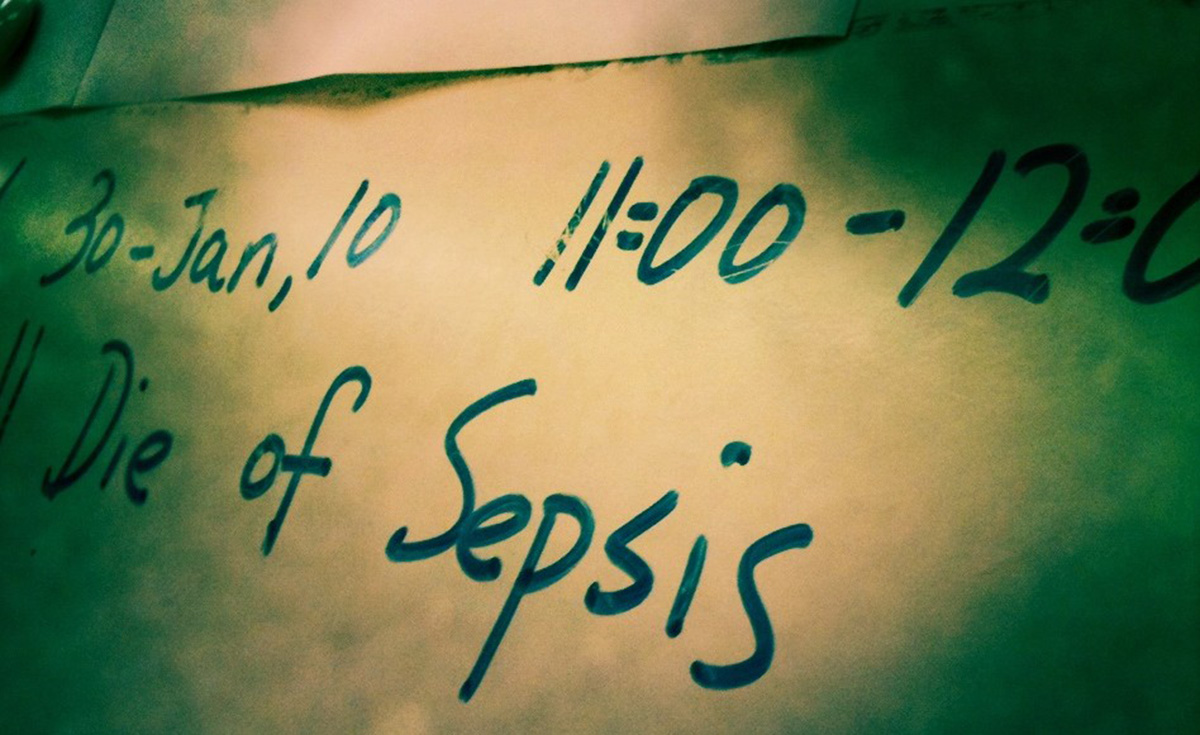Table of Contents
Sepsis can begin in any part of the body, so it can bring about many different symptoms. Sepsis can cause rapid breathing and a change in mental status, such as lethargy and cloudiness. Other common symptoms of sepsis also include; diarrhea, vomiting, nausea, decreased urination, fever, chills, shaking, low body temperature, rapid pulse and difficulty breathing.

What are the symptoms of severe sepsis?
When a person’s diagnosis of sepsis has been upgraded to severe, the situation has become far more serious. If a person displays one or more of the following symptoms, it could indicate organ failure which could become rapidly fatal:
- Abdominal pain
- Abnormal heart function
- Abrupt changes in mental status
- Significantly decreased urine output
- Breathing difficulties
- Decreased platelet count
What is septic shock?
Septic shock is the final stage of sepsis. This most severe stage can be diagnosed after a person has the signs and symptoms of severe sepsis. The only differentiation is the fact someone with septic shock will have severe shock symptoms in addition to an extremely low blood pressure which does not respond to simple IV fluids.
When should someone see a doctor about suspected sepsis?
It is very common for sepsis to occur when someone is in the hospital.
If you acquire an infection or have the signs or symptoms of sepsis after surgery or hospitalization, it is important to seek medical care immediately. Do so if you recognize possible symptoms of sepsis in a loved one as well. Elderly patients with dementia are especially likely to be unable to share their symptoms with the doctor.
How is sepsis treated?
In almost every case of sepsis, a person will need to be hospitalized in order to have the infection treated. Sepsis is treated through the use of intravenous antibiotics and additional treatment may be given to support any organ dysfunction a person may be experiencing. Sepsis can become life-threatening quickly and each year more than 11 million people die from it globally.
The type of antibiotic or antibiotics used to treat sepsis will depend on what type of bacteria is causing the infection. It is necessary for a physician to do a blood test and send the sample off to a lab to be tested, in order to find out which antibiotics would be most effective. In some severe cases of sepsis, a person may need to be placed in the intensive care unit to be closely monitored and some individuals have had amputation of extremities in order to save their life.
Why are sepsis deaths needless?
With the high mortality rates associated with sepsis, it makes sense to educate medical personnel about the condition and to routinely test for it in those who display the symptoms.
Treating and diagnosing sepsis is not expensive and it can be done in nearly every emergency in the United States. In order to prevent needless deaths from sepsis, it is important for the medical community to adopt a sepsis protocol.
See Also: WHO Says a Visit to the Hospital is Far Riskier than Flying due to Medical Errors and Infections
Sepsis: What is the prognosis?
Sepsis is a potentially life-threatening infection; it can be particularly deadly in the elderly and people with a compromised immune system. Because sepsis causes a decrease in blood flow to the vital organs, there may be long-term damage. Not all people with sepsis will survive, but with early diagnosis and prompt treatment the prognosis is much better.
- Photo courtesy of Melimama by Wikimedia Commons : en.wikipedia.org/wiki/Neonatology#mediaviewer/File:Newborn_checkup.jpg
- Photo courtesy of Denise Chan by Flickr : www.flickr.com/photos/denn/4311117490/


Your thoughts on this